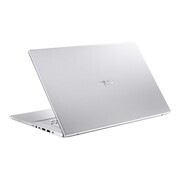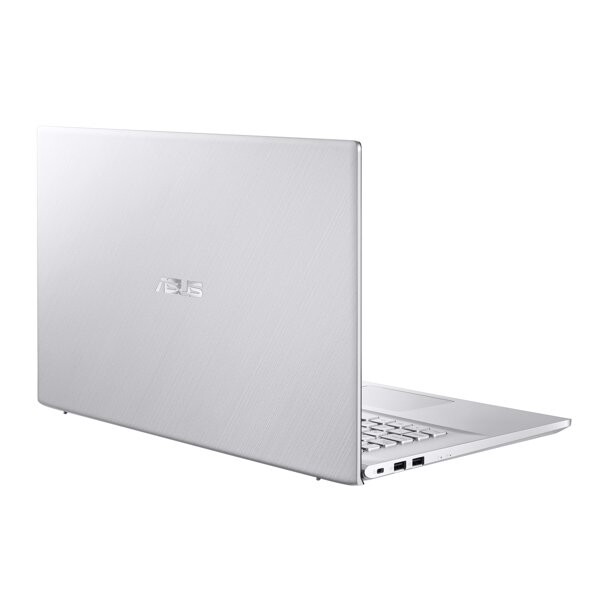Asus VivoBook 17 X712EA-WH34
Especificaciones de Portátil(es)

Price comparison
Análisis para el Asus VivoBook 17 X712EA-WH34
Origen: Laptop Media
 EN→ES Archive.org version
EN→ES Archive.org versionThe words “cost-cutting” are written all over this laptop. From the plastic body panels, that are flimsy but light, to the 900p TN display, and the lack of 2.5-inch SATA drive mounting accessories inside the box. And buying a laptop in this price bracket shouldn’t always mean that you have to make every sacrifice out there. Take the Lenovo IdeaPad 3 (17″, 2021) for example. Nevertheless, we have to mention the tiny 32Wh battery pack, which did nothing but heroics here to last through 7 hours of Web browsing before running out of juice. Yet again, playing HD videos shows a more realistic picture, as the battery lasted for about 5 hours during this stunt. ASUS VivoBook 17 X712’s display in the configuration we tested has a TN panel (BOE NT173WDM-N24 (BOE091A)) with a rather low resolution for the large screen size. The good things about it start with the lack of PWM for brightness adjustment and end with the fast pixel response times. Unfortunately, its viewing angles are very narrow, the contrast ratio is low, and the color coverage is quite limited.
Único Análisis, disponible online, Muy largo, Fecha: 10/14/2021
Origen: Laptop Media
 Archive.org version
Archive.org versionSupport, disponible online, corto, Fecha: 10/14/2021
Origen: Ricks Tech
 Archive.org version
Archive.org versionSupport, disponible online, Mediano, Fecha: 10/12/2021
Comentario
Intel UHD Graphics Xe G4 48EUs:
Estas tarjetas también deben ser capaces de aguantar todos los juegos actuales, pero la mayoría de ellos en configuraciones de detalles medios y bajos y con bajas resoluciones. Juegos más antiguos, o menos exigentes todavía pueden ser jugados con buena calidad de gráficos.
>> Más información puede ser encontrada en nuestra comparación de tarjetas gráficas moviles y la lista de benchmarks.
i3-1115G4:
Procesador de doble núcleo de baja potencia basado en Tiger Lake para portátiles delgados y ligeros. Los dos núcleos de la CPU tienen una frecuencia de reloj de 3 - 4,1 GHz y la GPU UHD Graphics Xe integrada tiene una frecuencia de reloj de hasta 1,1 GHz.
>> Más información puede ser encontrada en nuestra comparación de procesadores móviles.





